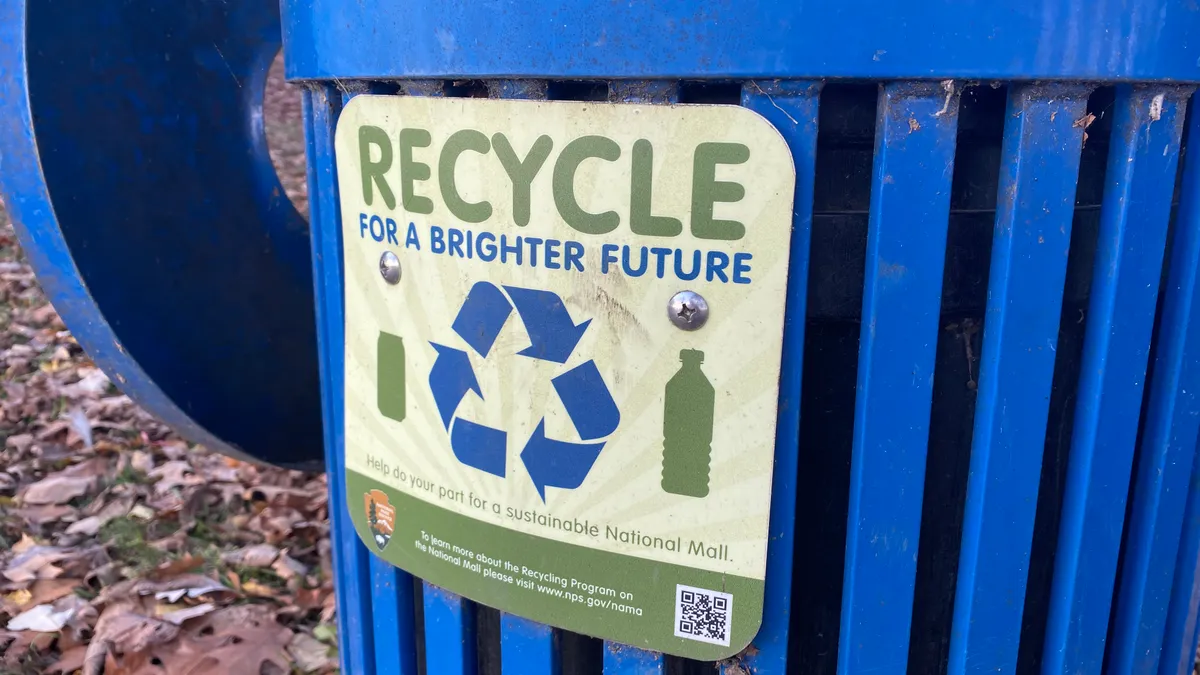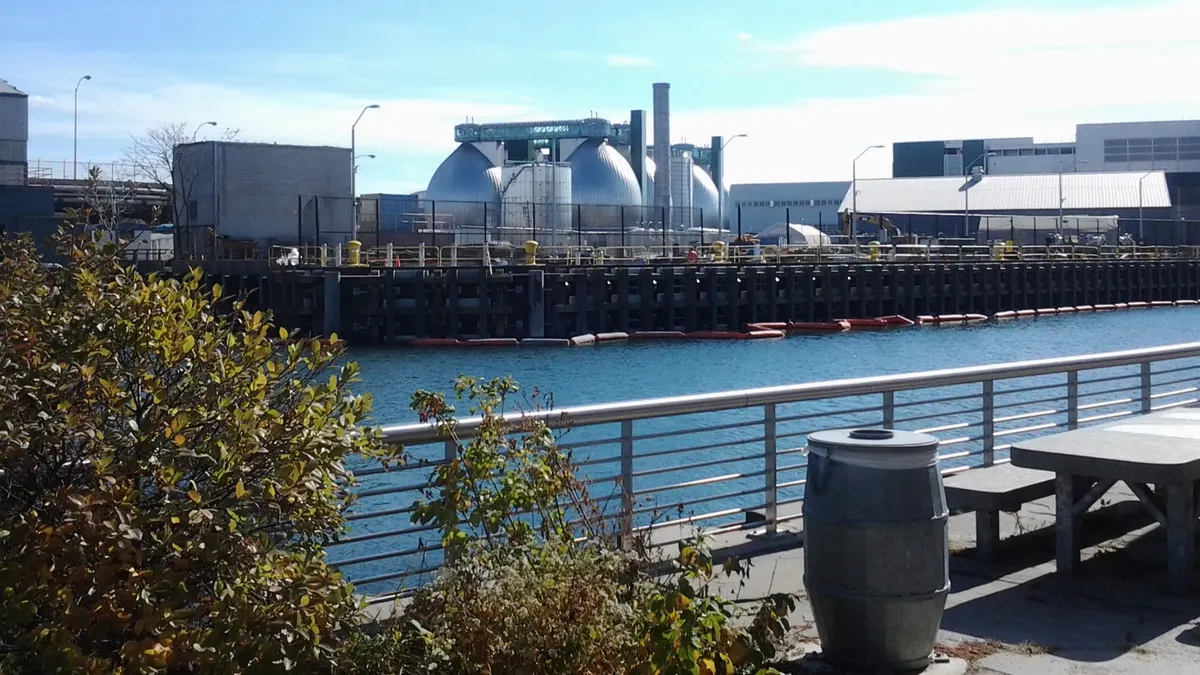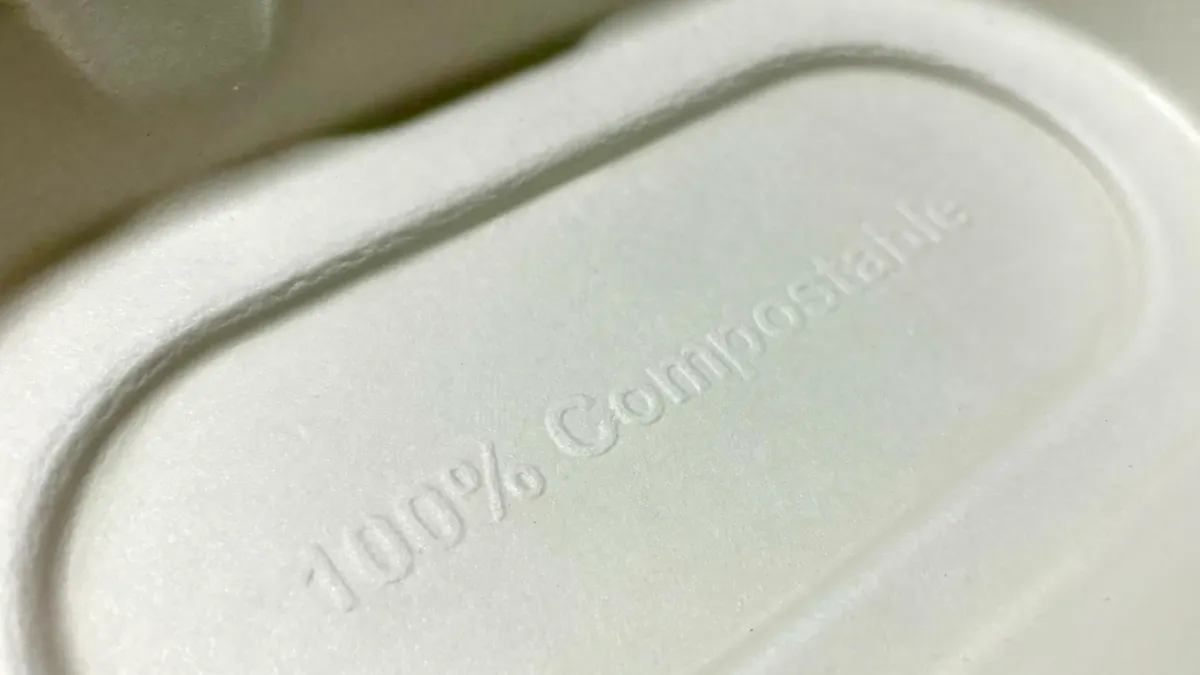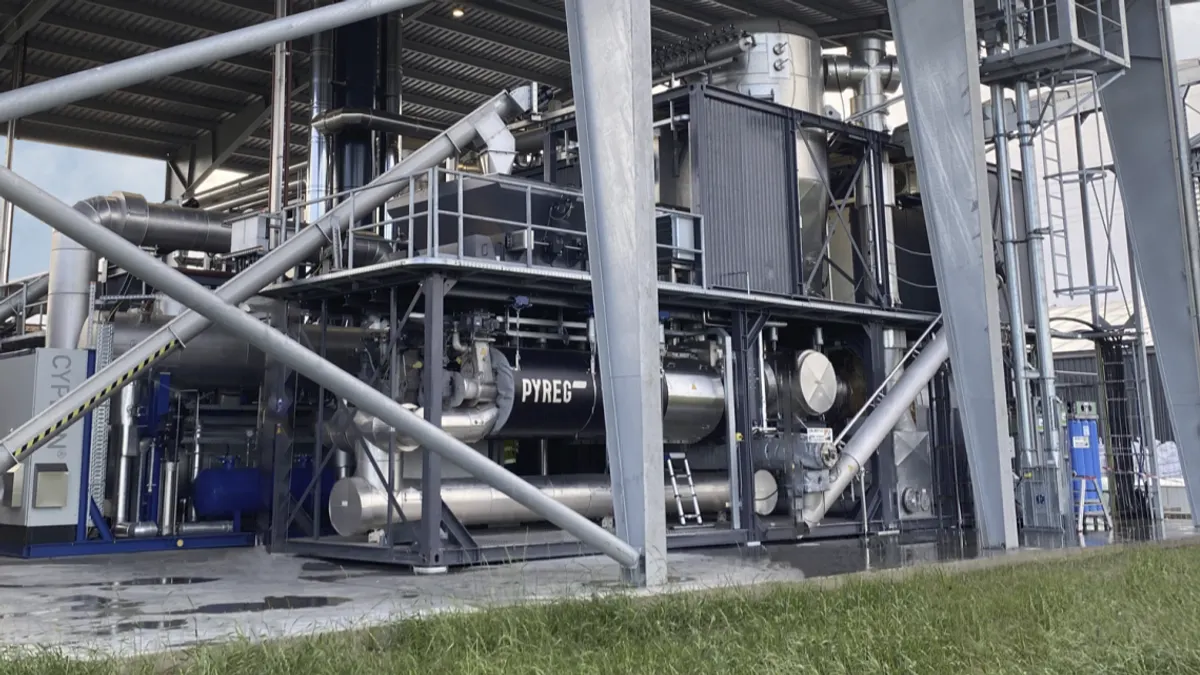Minneapolis is often referred to as one of the leading U.S. cities when it comes to organics recycling. Local government staff members say the combination of ongoing education and strategic rate structures has helped, and future policy shifts could play a role in the next phase of the region’s efforts.
The city began offering weekly food scrap collection service to all residential buildings with four or fewer units in 2016 after a multiyear pilot. An estimated 52.25% of customers have opted in to the program, up from 32% during its first year. Residential customers bear no additional cost for the organics recycling service, which is covered by the city’s monthly base waste fee. Certain larger multifamily and commercial buildings also can participate in the program.
Minneapolis is known for having a low organics contamination rate and good-quality material. It received an award from the U.S. Composting Council in 2018 for an average contamination rate of less than 1%.
"Having it be opt-in and having the ability to check every single cart is probably number one for why our contamination is so low,” said Kellie Kish, recycling coordinator for the city’s Division of Solid Waste & Recycling. Collection workers “physically are looking in every single cart before they dump it.”
Half of the city’s collection is handled by municipal staff members, with the rest done by a consortium of local haulers known as Minneapolis Refuse. Because much of the city’s collection is done in alleyways, workers use cart-tippers rather than automated side loaders and have the ability to do regular inspections and cart tagging.
Minneapolis collects food and yard waste separately, which is common among local programs but not always the case in other states. In 2021, yard waste constituted 74% of the overall compostable material the city collected.
When the city’s yard waste program started, Kish said, there were regional concerns about an invasive insect species called the emerald ash borer, which required different procedures for managing yard waste. Keeping the two streams apart also makes them easier to measure and less expensive to manage because the city pays a higher tip fee for food scraps. And it allows the city’s contracted composter, Specialized Environmental Technologies, to stockpile yard waste for use during the winter months.
Ben Knudson, Hennepin County’s waste reduction and recycling supervisor, said that out of the 44 local governments in the county collecting organics, he isn’t aware of any that collect their food and yard waste together. The vast majority use separate carts for these streams, though a small (and potentially shrinking) number use bags of a specific color to co-collect organics with MSW. Since January of this year, Hennepin County has required all cities with populations of 10,000 or more to provide residential organics collection service where they already offer residential recycling collection; smaller communities must offer drop-off options.
Around half of the organics collected in the county go through its Brooklyn Park Transfer Station, with the rest going directly to local composters. The county charges $35 per ton for organics, versus $66 per ton for MSW — a move that has been credited with boosting regional activity.
"We have an incentive that kind of serves as a magnet to our transfer station,” said Knudson about the lower pricing for organics, which dates back to around 2005. "It's something that the haulers have appreciated, city programs have appreciated, so we have kept that incentive in place."
Kish said Minneapolis had been using this transfer location for organics during the program’s pilot phase, but once the program went citywide, the volumes were too high. The county recently started offering Minneapolis the tipping subsidy again, meaning that the cost for recycling organics is now less than the disposal tip fee at a mass burn combustion facility in the city.
With this foundation in place, local staff members are now focused on scaling their efforts. Sending direct mailers more than once per year can be costly, so Kish said the city has also found success through community event appearances, social media (including a viral TikTok video), door-knocking and targeted outreach.
This year, the city’s waste division focused outreach on 13 neighborhoods with sign-up rates below 30%. Initial results show an average sign-up increase of 7% overall, Kish said, with a 34% increase in one particular area. Many of the areas targeted for outreach have populations with a higher proportion of renters, ethnic diversity and people who speak English as a second language.
"It shows some effectiveness of what we've been doing,” said Kish. "The real question is, at what point is it not cost-effective to continue reaching out to the same areas you've reached out to so many times?”
Knudson said Minneapolis is well-positioned because of its educational efforts and also because the city includes organics collection in its base waste fee, which isn’t the case in all local municipalities.
"I think we look to Minneapolis as a leading example of where other cities can go. They've implemented the best practices,” he said.
Yet the area is replete with big diversion-rate goals, and meeting them will require more work. Minnesota previously set a 75% recycling and composting target by 2030 for the Twin Cities metro area. Minneapolis reported 35.5% diversion rate for city-managed residential waste in 2021.
As part of this trend, Hennepin County enacted a commercial organics recycling requirement that took effect in January 2020 specifically focused on back-of-house material at foodservice establishments. This applies throughout the county, including in Minneapolis. Knudson said implementation has been slowed by the pandemic, and the county remains more focused on education and outreach than enforcement, but additional enforcement language could be adopted in 2023 or 2024.
Looking ahead, Hennepin County is also working to build its own anaerobic digester and intends to ramp up work on upstream food waste prevention. Knudson also noted that the county passes all proceeds it receives via the state’s solid waste management tax — an estimated $3.8 million per year — to cities for programs such as organics recycling.
The latest zero waste plan update from Minneapolis mentions the possibility of making residential organics recycling mandatory, but no decisions have been made yet. It’s also possible that the city could consider a policy to require multifamily buildings to offer organics recycling. Kish said the first move would likely be to make blue bin recycling service mandatory and the city may also reassess its rate structure.
"In order to meet the requirements of the state — and now more so, of the county — we're probably going to have to do a lot of stuff in the next 15 to 20 years,” said Kish. "Food scraps are still going to be the lowest-hanging fruit in terms of increasing diversion."
This article has been updated to clarify the frequency of certain collection services in Minneapolis.



















